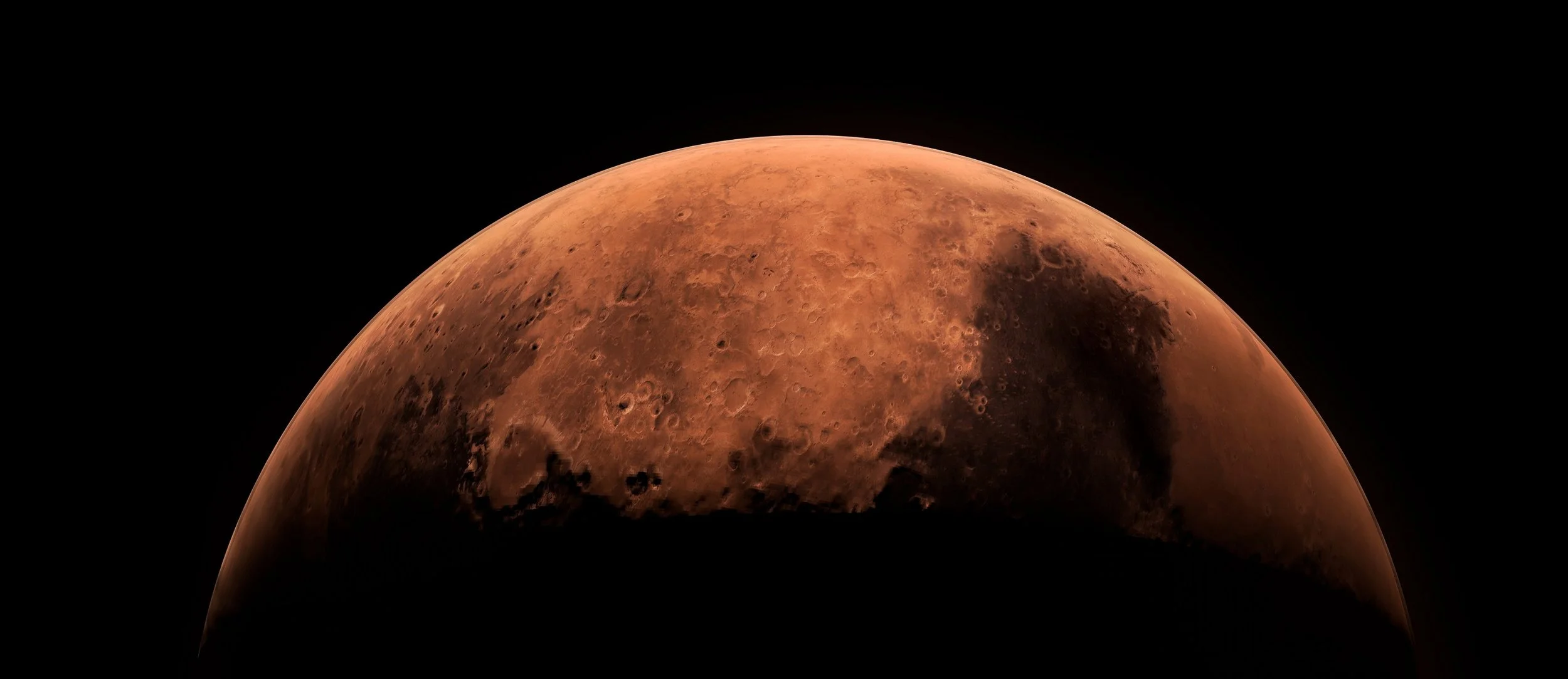A new paper published in the peer-reviewed journal Nature: Scientific Reports reveals that all-female astronaut crews could be key to future space exploration missions, suggesting they could potentially use fewer resources in comparison to their male counterparts. By reducing the demand for food, oxygen, and other supplies, these crews could make missions to Mars and beyond more feasible.
Image Credit: Dima Zel via Shutterstock / HDR tune by Universal-Sci
Quantifying the Impact of All-Female Crews
The paper represents the first attempt to quantify the impact of having an all-female crew in space, building upon an existing methodology that calculates the effect of body 'size' and countermeasure (CM) exercise upon total energy expenditure (TEE), oxygen consumption, carbon dioxide production, metabolic heat production, and water requirements.
Traditionally, the selection criteria for astronauts from NASA, the European Space Agency (ESA), and the Canadian Space Agency (CSA) have only accounted for stature, rather than body mass. Consequently, the study drew comparisons with theoretical male astronauts, enabling a direct comparison.
The paper indicates that, at all statures, estimates for theoretical females were lower than for males, showing a more than 25% reduction for most measures at the 50th percentile for US females and males. This implies significant differences in energy expenditure, oxygen and water consumption, as well as metabolic heat production and CO2 generation.
Re-thinking Food Supply and Storage for Space Missions
The implications for supply, storage, and disposal of food could be particularly significant, especially in scenarios where re-supply is not possible. For example, in a 1080-day mission, an all-female crew would require an additional 3993 kg of food, a saving of 1695 kg compared to an all-male crew. The volume of food storage needed would also be reduced, freeing up around 2.3 cubic meters of living space.
This reduction in resources extends to novel in-flight food production systems such as the cultivation of animal cells, hydrogen-oxidizing bacteria, and microalgae, which mainly produce protein. Since the protein requirement for both female and male astronauts is the same (0.8 g/kg body mass), a 'smaller' crew would require fewer system resources overall.
Image Credit: Frame Stock Footage via Shutterstock / HDR tune by Universal-Sci
Interestingly, the paper also highlights that the constraints of spacecraft design may favor smaller-statured individuals. Future spacecraft like the Gateway module will have a smaller diameter, suggesting that taller astronauts may find it challenging to 'stand' within the internal volume. This could make smaller stature crews, such as an all-female team, more feasible for long-duration missions.
However, the authors stress that this study has some limitations, including the necessity to make several assumptions about the components of TEE in microgravity due to the absence of space-specific equations and data. The data used for the study were also limited to a small group of female astronauts, which may not be truly representative of the female astronaut population.
Nevertheless, this groundbreaking research suggests that all-female astronaut crews could bring about a significant shift in how space exploration missions are planned, potentially enabling longer and more efficient journeys into the cosmos.
We have listed the paper below for those that are interested in more details about the study.
Sources and further reading:
Effects of body size and countermeasure exercise on estimates of life support resources during all-female crewed exploration missions (Nature: Scientific Reports)
How to generate oxygen on Mars? (Universal-Sci)
Why microbes and not humans should be the first 'Earthly pioneers' to settle on Mars (Universal-Sci)
Too busy to follow science news during the week? - Consider subscribing to our (free) newsletter - (Universal-Sci Weekly) - and get the 5 most interesting science articles of the week in your inbox
FEATURED ARTICLES:









The way you prepare your vegetables affects their nutritional value. What is the healthiest method to prepare them?